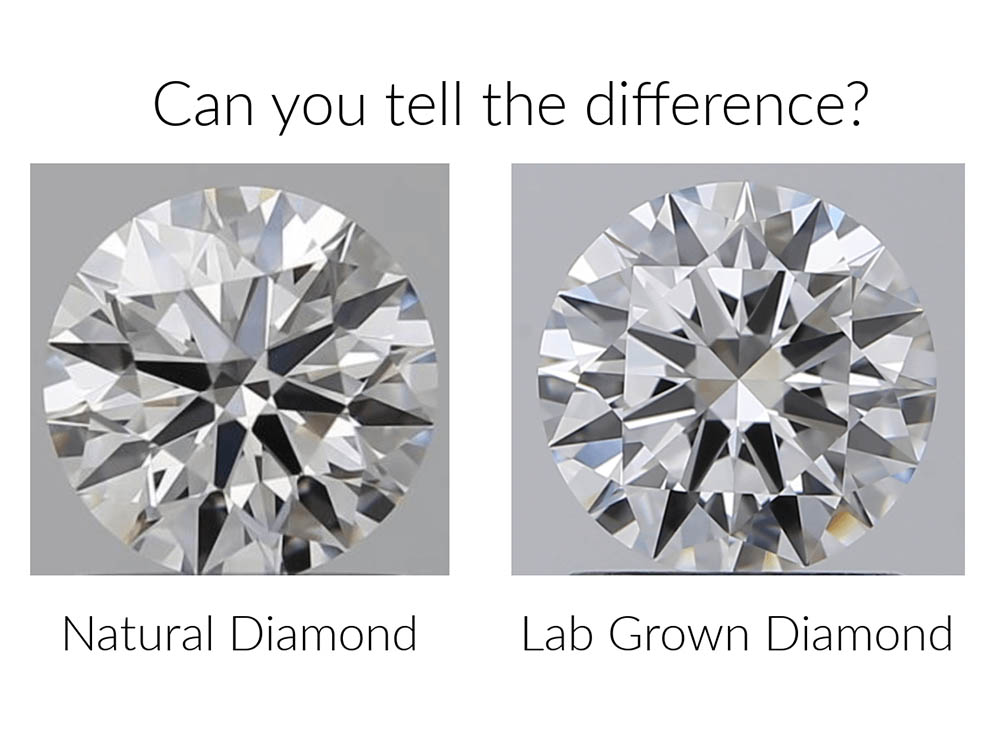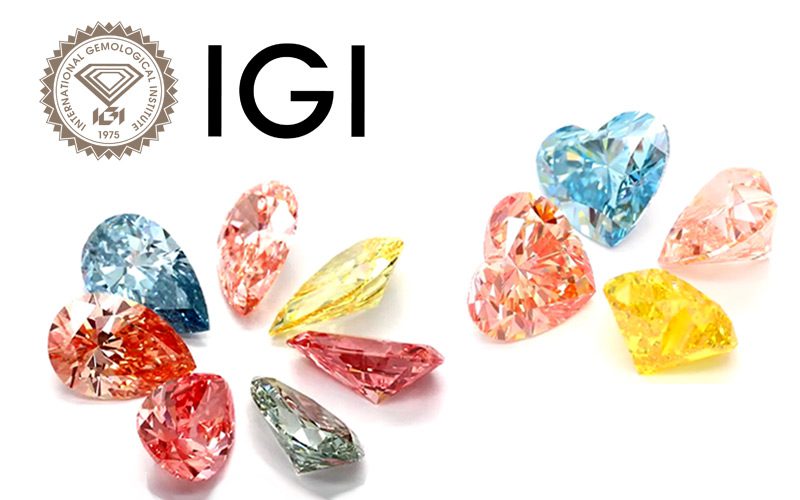The allure of diamonds has captivated humanity for centuries, symbolizing eternal love and timeless beauty. However, traditional diamond mining has been marred by concerns over environmental impact and ethical issues. In recent years, a revolutionary alternative has emerged – lab-grown diamonds. These exquisite gems offer the same stunning brilliance and allure as their mined counterparts while addressing the ethical and environmental concerns of the modern world. In this article, we delve into the world of lab-grown diamonds to empower you with knowledge, so you can make an informed and responsible choice when considering these gems for your next precious purchase.
What are Lab-Grown Diamonds?
Lab-grown diamonds, also known as synthetic diamonds or cultured diamonds, are created through a process that replicates the natural conditions under which diamonds form deep within the Earth’s crust. High-pressure, high-temperature (HPHT) and chemical vapor deposition (CVD) are two common methods used to create lab-grown diamonds. These methods involve exposing a tiny diamond seed or carbon source to extreme pressure and temperature, allowing carbon atoms to crystallize and grow into a diamond over time.

Why Should You Buy a Lab-Grown Diamond?
a) Ethical Sourcing: One of the most compelling reasons to choose a lab-grown diamond is its ethical sourcing. Unlike mined diamonds, which may have controversial supply chains and potential ties to conflict regions, lab-grown diamonds are entirely conflict-free. These diamonds eliminate the risk of supporting unethical practices, making them a responsible and conscientious choice.
b) Environmental Sustainability: Traditional diamond mining has significant environmental implications, including habitat destruction, water pollution, and carbon emissions. Opting for a lab-grown diamond reduces the carbon footprint associated with diamond extraction, as it requires less energy and produces minimal waste.
c) Identical Beauty: Lab-grown diamonds possess the same physical, chemical, and optical properties as mined diamonds. They are indistinguishable to the naked eye and carry the same sparkle, fire, and scintillation that make diamonds a coveted gemstone.
d) Budget-Friendly Luxury: Lab-grown diamonds typically cost 20% to 40% less than mined diamonds of similar quality. This affordability allows you to invest in a larger or higher-grade diamond without exceeding your budget, making luxury accessible to a broader audience.
e) Colorful Choices: Lab-grown diamonds offer a wide range of color options, including vivid yellows, stunning blues, and enchanting pinks. These colorful variations provide a unique and vibrant twist to traditional diamond jewelry.

What Do Experts Say about Lab-Grown Diamonds?
The acceptance and recognition of lab-grown diamonds have grown significantly in recent years. Industry experts, including gemologists and jewelry connoisseurs, have shared their insights, emphasizing the remarkable qualities of lab-grown diamonds:
a) Gemological Institute of America (GIA): GIA, a renowned gemological laboratory, issues certificates for both mined and lab-grown diamonds. The GIA grades lab-grown diamonds using the same rigorous standards as mined diamonds, validating their authenticity and quality.
b) Jewelry Designers: Leading jewelry designers and brands have embraced lab-grown diamonds, incorporating them into their collections. These designers recognize the versatility and beauty of lab-grown diamonds, offering consumers more ethical and sustainable options without compromising on aesthetics.
c) Consumer Awareness: As awareness of lab-grown diamonds continues to grow, consumers are becoming more appreciative of the ethical and environmental benefits these gems offer. Informed buyers are increasingly choosing lab-grown diamonds as a reflection of their values and commitment to a sustainable future.
As the lab-grown diamond market continues to flourish, it is essential to navigate this realm with informed decision-making. Here are some additional factors to consider and expert insights to help you make the most of your lab-grown diamond purchase:
Quality and Certifications
Lab-grown diamonds are graded using the same standards as mined diamonds, based on the 4 Cs – cut, color, clarity, and carat weight. Reputable lab-grown diamond retailers provide certifications from recognized gemological laboratories, such as GIA or IGI, ensuring that you receive a genuine and accurately graded diamond.
Durability and Longevity
Lab-grown diamonds are incredibly durable and rank 10 on the Mohs scale of hardness, just like mined diamonds. They are resistant to scratches and can withstand daily wear, making them an excellent choice for engagement rings and other jewelry pieces.
Investment Value
While lab-grown diamonds are a more affordable option, they may not retain value in the same way as rare, high-quality mined diamonds. However, the value of any diamond is ultimately determined by its emotional significance and personal connection to the owner.
Comparison with Other Diamond Alternatives
Lab-grown diamonds are often compared to other diamond alternatives, such as moissanite or cubic zirconia. Moissanite, while beautiful, has different optical properties, and cubic zirconia is less durable than diamonds. Lab-grown diamonds offer the closest resemblance to mined diamonds and are preferred by those seeking an authentic diamond experience.
Expert Insights:
a) Tiffany & Co.: In 2021, Tiffany & Co., an iconic luxury jewelry brand, introduced its line of lab-grown diamond engagement rings, acknowledging the growing demand for sustainable and ethical diamonds. This move further validates the relevance and desirability of lab-grown diamonds in the market.
b) De Beers Group: The world’s leading diamond company, De Beers Group, has also ventured into the lab-grown diamond sector with its Lightbox brand. This foray reflects the shift in consumer preferences and the growing acceptance of lab-grown diamonds.
c) Consumer Education: Experts emphasize the importance of consumer education when considering lab-grown diamonds. Understanding the distinction between lab-grown and mined diamonds allows consumers to make a well-informed choice based on their values and preferences.
Conclusion
Lab-grown diamonds have transcended the boundaries of being just a trend to becoming a conscious choice that combines beauty, luxury, and responsibility. Understanding the process behind creating these diamonds, as well as the reasons to opt for them, empowers you to make an informed decision aligned with your values. As experts and industry leaders continue to champion lab-grown diamonds, their acceptance and popularity are likely to soar further. As the popularity of lab-grown diamonds continues to soar, more industry players and consumers alike recognize the significance of choosing sustainability and responsibility without compromising on elegance and brilliance. Embrace the brilliance and depth of lab-grown diamonds, and let your purchase be a testament to a world where informed choices pave the way for a brighter and more sustainable future.